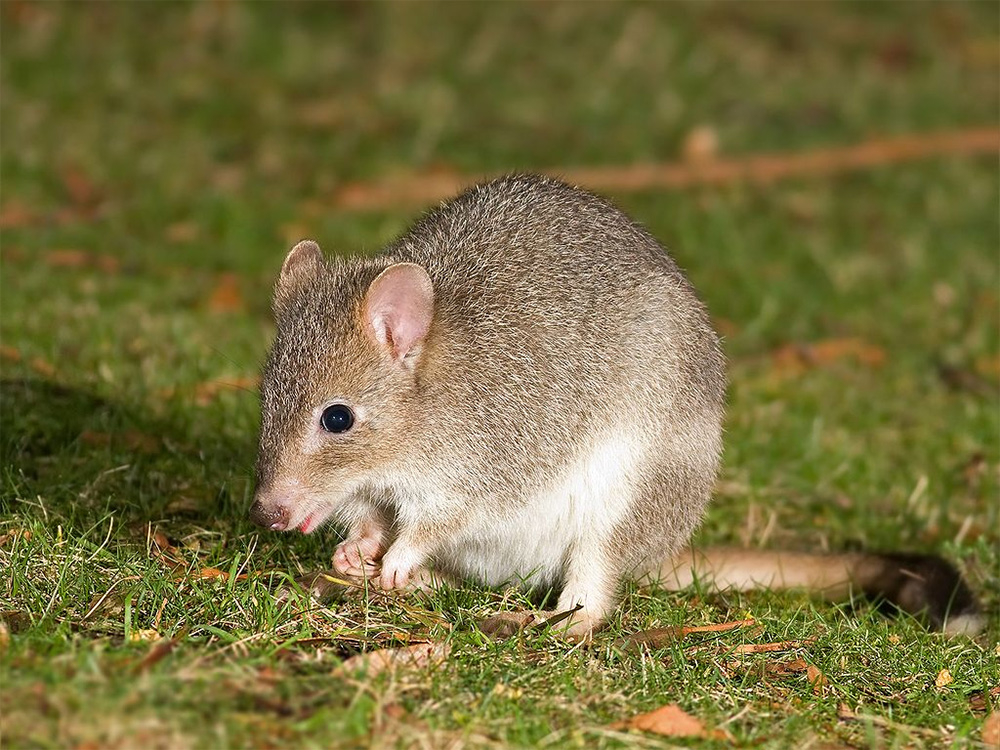May 19, 2025
UNOC 3 Position Paper
Read our position paper on The 3rd United Nations Ocean Conference (UNOC 3) to see why we're attending and what we aim to accomplish!
We use cookies to help you navigate efficiently and perform certain functions. You will find detailed information about all cookies under each consent category below.
The cookies that are categorized as "Necessary" are stored on your browser as they are essential for enabling the basic functionalities of the site. ...
Necessary cookies are required to enable the basic features of this site, such as providing secure log-in or adjusting your consent preferences. These cookies do not store any personally identifiable data.
Functional cookies help perform certain functionalities like sharing the content of the website on social media platforms, collecting feedback, and other third-party features.
Analytical cookies are used to understand how visitors interact with the website. These cookies help provide information on metrics such as the number of visitors, bounce rate, traffic source, etc.
Performance cookies are used to understand and analyze the key performance indexes of the website which helps in delivering a better user experience for the visitors.
Advertisement cookies are used to provide visitors with customized advertisements based on the pages you visited previously and to analyze the effectiveness of the ad campaigns.

Conservation havens are saving Australia’s species. So much so, that 13 mammal extinctions have been prevented in Australia so far by using invasive-free areas. These havens are incredibly important considering Australia has the highest recorded rate of mammal extinction in modern times, which is largely due to the presence of feral cats and invasive foxes.

To see how effective these efforts have been, the Threatened Species Recovery Hub that carried out the audit consisted of 28 scientists and conservation managers as well as government NGO’s and conservation agencies. Professor Sarah Legge of University of Queensland was part of the team and highlighted the importance of focusing on creating havens to assist in reducing the impact of feral cats and invasive foxes on native wildlife:
Since the 1980s additional havens have been created in Australia by [removing] feral animals from islands or from within large fenced areas on the mainland, and threatened animals have been moved to these havens to put them out of reach of introduced predators. As of early 2018, we had 101 island havens covering 2152 square kilometres and 17 fenced havens covering 346 square kilometres.”
In the future, however, it will be important to think deliberately about the locations of new havens as well as which species should be included within them. Many species have already been protected by the chosen locations of havens, but a number are still at risk. Researcher Dr. Jeremy Ringma explained:
The review revealed that while more than half of the mammal species in Australia that are vulnerable to cats and foxes have the protection of being in a haven, 29 species are not yet in a single haven.”
A marvelous achievement for wildlife restoration, havens are protecting native wildlife across Australia, and can function as a beacon of hope for other parts of the world suffering from similar challenges.
Source: Phys.org
Featured photo: Frankland Islands Credit: Matthew Kenrick
Check out other journal entries we think you might be interested in.
Notifications